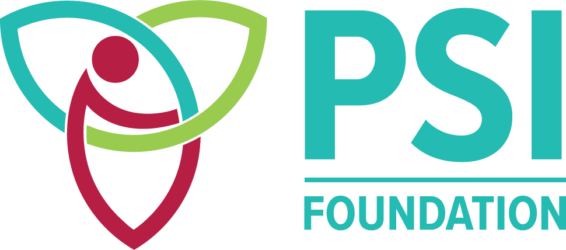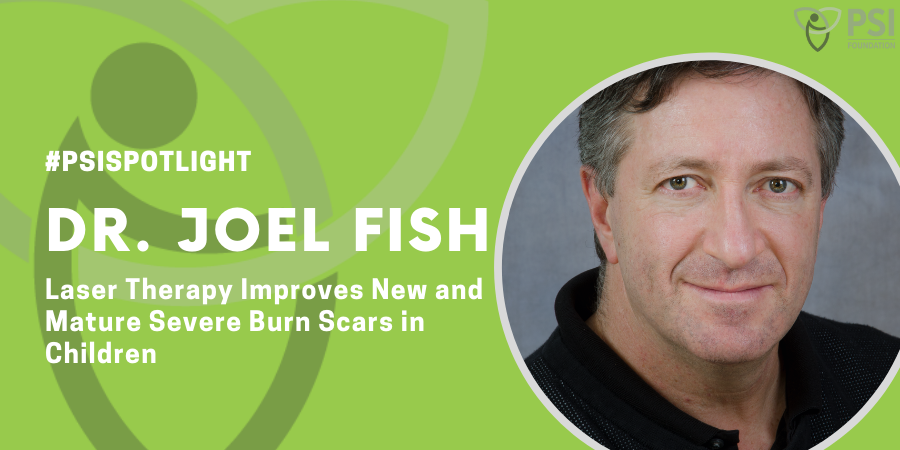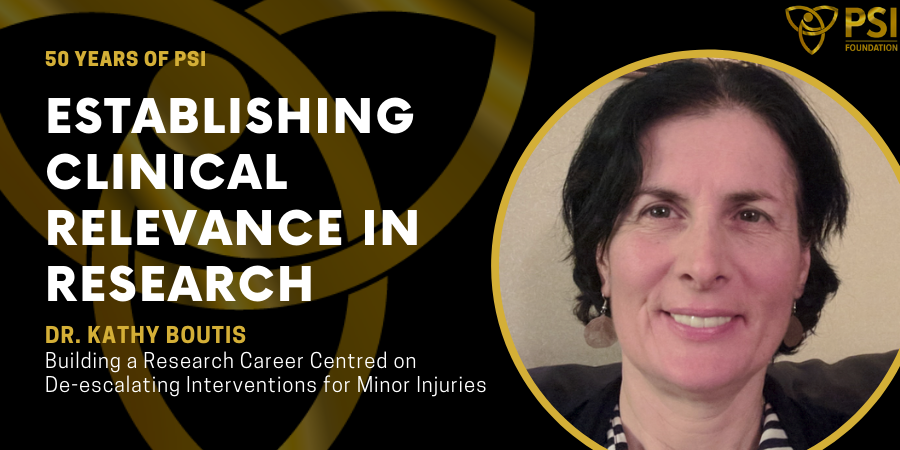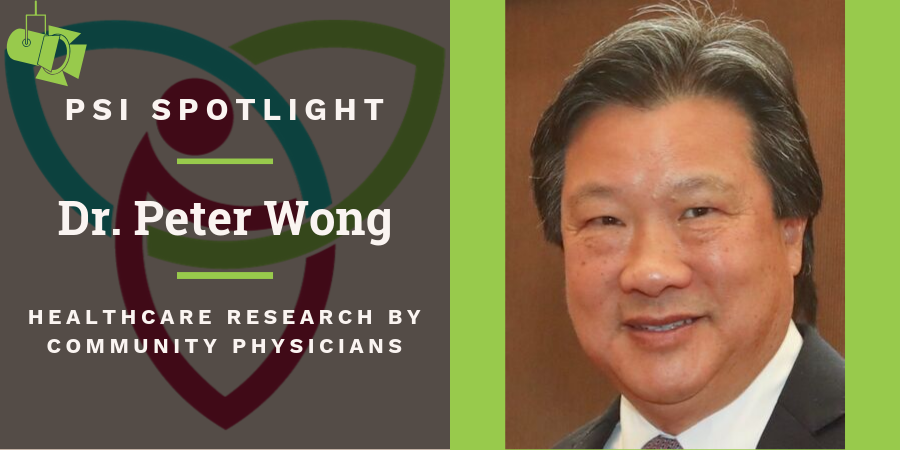“PSI Foundation It is one of the few granting agencies that funds clinical research. Its reviewers understand good science and good methodological design, but as clinicians, they also see the clinical problems. I feel that, as a clinician, I can be competitive with PSI because they understand that type of work.” – Dr. Joel Fish, plastic surgeon and Medical Director of the Burn Program at the Hospital for Sick Children, Toronto
Hypertrophic scars – thick and stiff severe scars that are often the result of burns – can affect children’s lives in many ways, interfering with a child’s growth, mobility and even confidence. And children with these scars haven’t had many effective treatment options to reduce the scar’s appearance and size.
But a new laser therapy may help to treat these scars, whether they are new or even several years old.
Dr. Joel Fish, a plastic surgeon and Medical Director of the Burn Program at the Hospital for Sick Children (SickKids) in Toronto, led a PSI Foundation–funded clinical trial that has provided some of the strongest evidence so far supporting the use of a new laser therapy to treat hypertrophic scars in children.
Lasers have been used in medical treatment for many years, particularly for cosmetic procedures, but recent research had suggested that two specific kinds of lasers, pulsed dye laser (PDL) and carbon dioxide laser, could be particularly useful for treating burn scars – even scars that are more than 10 years old.
“It’s one of the few therapies to come along in many years that has real benefits, not just on new scars but on mature scars, so it’s quite unique,” says Dr. Fish.
But more definitive research about the effectiveness of laser therapy, especially in children, was needed. Dr. Fish and his research team designed a clinical trial to determine whether laser therapy could improve hypertrophic scars in children, and received PSI funding in 2016 to conduct the trial.
Approximately 25 children with hypertrophic scars were treated with three laser therapy sessions over the course of a year. To determine whether the scars improved over the course of treatment, between sessions Dr. Fish and his team measured the scar’s height and thickness, stiffness, vascularity and colour, using validated subjective scar assessment scales and objective tools, such as conventional ultrasound and ultrasound elastography.
After all of the laser therapy treatments, the team found that the height of the scars improved, the thickness and colour improved, and the scars were less itchy, demonstrating that the therapy was highly effective.
“It really did have measurable effects, and not only were they measurable, the scars don’t go back to the way they were,” says Dr. Fish. “Once you achieve the scar being a little bit flatter or softer or less red or less itchy, it doesn’t go back.”
With these positive results, the team now plans to do further work to understand when treatment should start and how many sessions are optimal, as well as examine how the treatment works, all of which will help to refine the therapy.
SickKids has the largest pediatric burn program in the country by a large margin, and children from across the country have been treated in Toronto instead of closer to home. In fact, it is one of the few centres in Canada to use laser therapy to treat scars in children.
But Dr. Fish’s study, along with a handful of other trials, is generating interest in the health care community about the potential for this treatment. Directors of burn programs from different countries have learned from Dr. Fish’s team how to treat children with laser therapy to implement their own programs, and more hospitals across the country are beginning to invest in the technology.
“To our knowledge, this is the most comprehensive study to date that demonstrates that laser treatment leads to significant improvements in children with burn scars,” says Dr. Fish. “We hope that our findings will encourage other providers to invest in this valuable therapy for their patients.”



